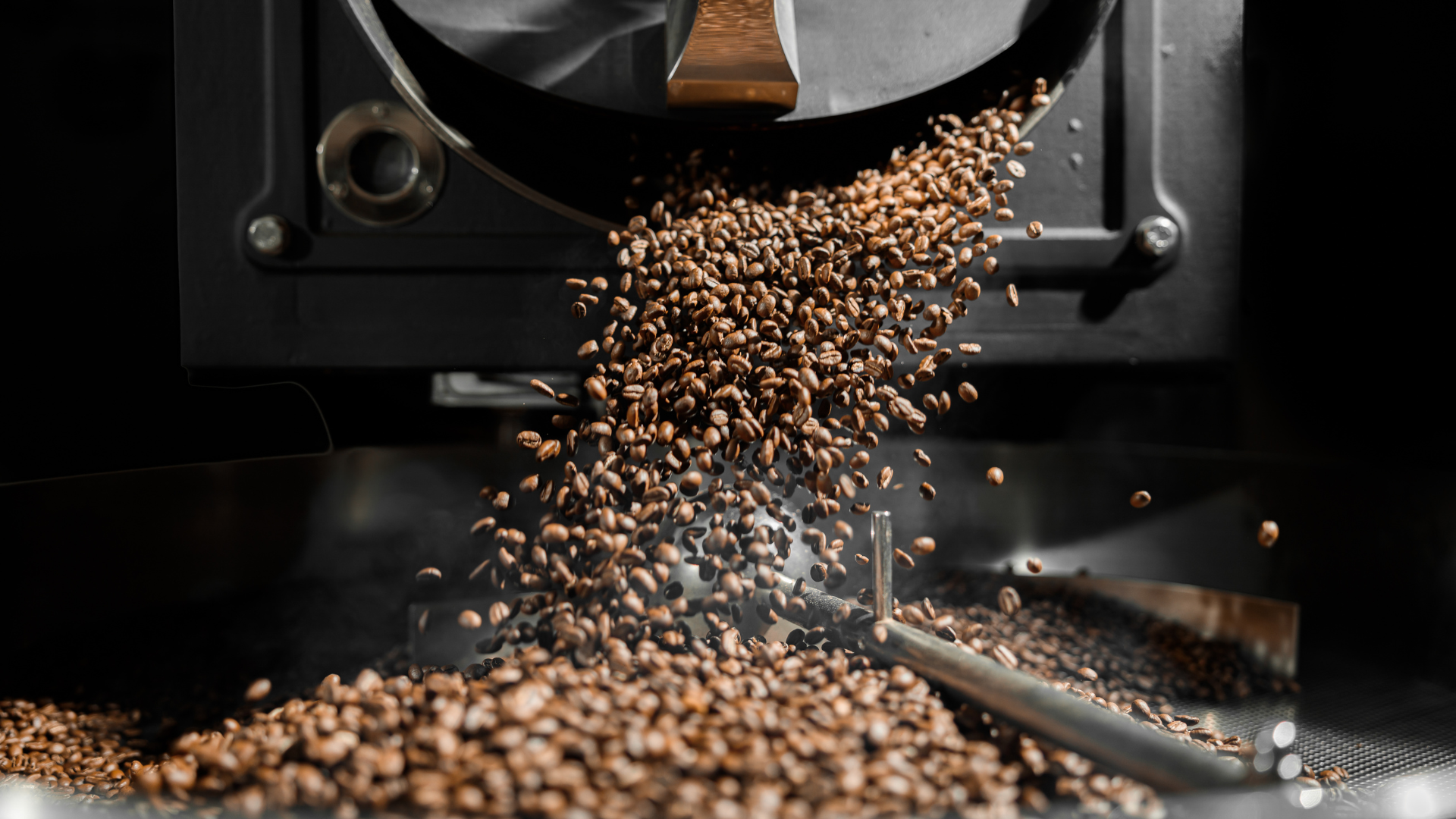
Coffee is more than a drink—it’s an adventure. You may have heard the terms “washed” and “natural” when talking about coffee. But what do these terms mean? And how do they change what you taste? How farmers process coffee cherries shapes every sip. This guide explores the processing methods of washed and natural coffees and demonstrates how each approach yields a distinctly different cup of coffee.
What Is Coffee Processing?
Coffee starts as a bright red cherry on a tree. To make green beans for roasting, workers must remove the fruit from around the bean. This step is called processing. How they handle the cherries changes the coffee’s flavour.
Processing can highlight the bean’s own qualities or add new flavours through fermentation. The primary methods are washed and natural. Each one creates a unique taste profile.
Washed Coffee: Clean and Bright
The Wet Process
Washed coffee uses water at every step:
- Pulping
Workers strip off the cherry’s skin and pulp. - Fermentation
The beans, still covered in sticky fruit layer, soak in water. Natural enzymes break down that layer. - Washing
Farmers rinse the beans to remove any leftover fruit. - Drying
Beans are dry in the sun or a machine until they reach the proper moisture level.
Flavor Profile
Washed coffees taste clean, crisp, and brigh tastet. You will notice lively acidity, like citrus or floral notes. This clarity happens because most of the fruit is removed early. If you prefer a coffee that is easy to drink and highlights the bean’s natural acidity, washed is for you.
Pros and Cons
Natural Coffee: Sweet and Fruity
The Dry Process
Natural coffee dries with the fruit still on the bean:
- Harvesting
Farmers pick ripe cherries. - Drying with Skin
They lay cherries in the sun or on raised beds. The fruit ferments and shrinks around the bean. - Peeling
When cherries are dehydrated, machines remove the skin and fruit.
Flavor Profile
Natural coffee is bold, sweet, and fruity tasting. The beans absorb sugars from the fruit as they dry. Expect notes of berry or tropical fruit, as well as hints of wine-like character. Natural coffees have a fuller body and richer flavour. If you love complex, rich, fruity coffee, try natural.
Pros and Cons
Key Differences at a Glance
|
Feature
|
Washed Coffee
|
Natural Coffee
|
|---|---|---|
|
Water Use |
High |
Low |
|
Flavor |
Clean, bright, crisp |
Sweet, bold, fruity |
|
Body |
Light |
Full |
|
Fermentation Risk |
Easier to control |
Harder to manage |
|
Consistency |
More Consistent |
Can vary batch to batch |
Which One Should You Choose?
Choosing between washed and natural depends on your taste:

Processing Methods: Washed vs. Natural
You can also mix it up. Some roasters offer hybrid processes. These combine the best parts of washed and natural. Trying different styles helps you discover what you love most.
Tasting Tips
- Cup Slowly
Breathe in the aroma before sipping. - Note Acidity
Determine whether you prefer bright or muted acidity. - Feel the Body
Swirl coffee in your mouth. Is it light or heavy - Identify Flavors
Look for notes of fruit, flowers, or wine.
Use tasting notes to track which processing methods you enjoy most. Over time, you’ll learn to spot washed and natural coffees by taste alone.
Home Brewing Advice
Adjust brew time and grind size to taste. Experiment until you find the perfect balance for your palate.
Sustainability Considerations
Conclusion
Processing plays a huge role in what ends up in your cup. Washed coffees deliver bright, clean flavours. Natural coffees bring rich, fruity, and full-bodied notes. By understanding these methods, you can choose coffees that match your taste. Experiment with both styles at home to discover your favourite.






